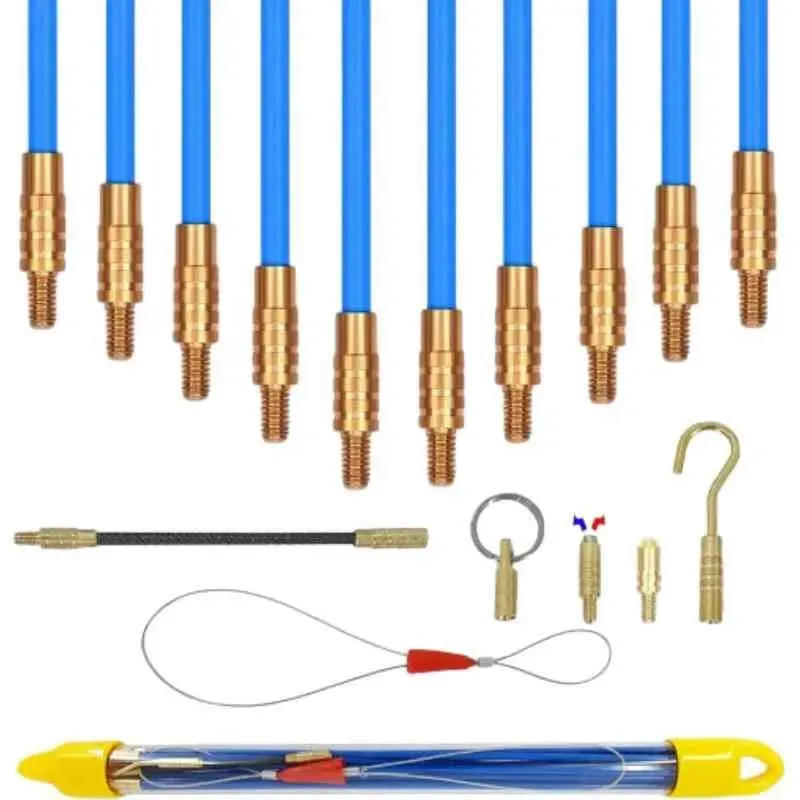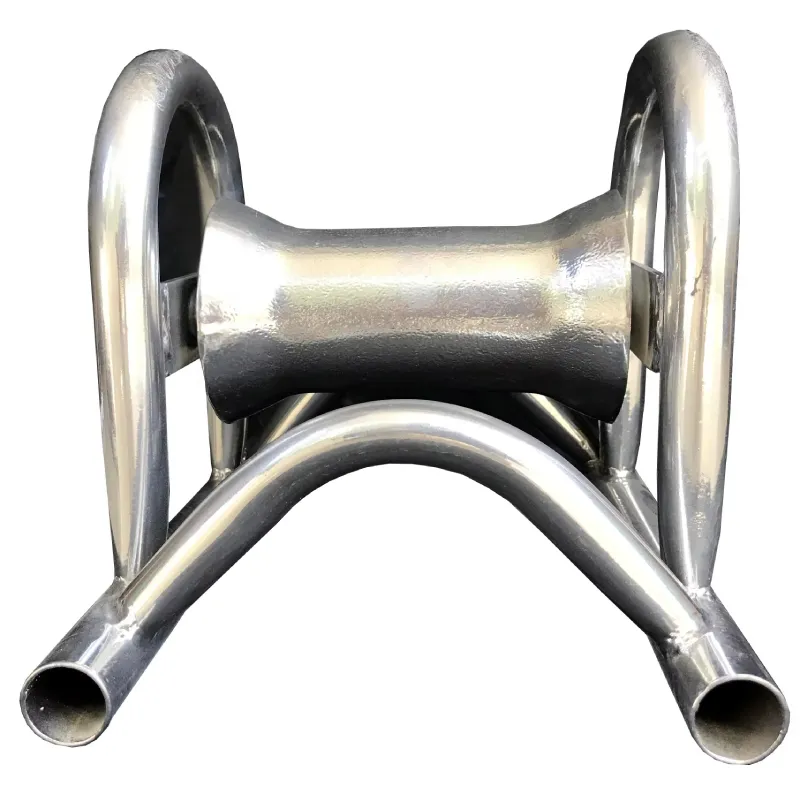
-
 Afrikaans
Afrikaans -
 Albanian
Albanian -
 Amharic
Amharic -
 Arabic
Arabic -
 Armenian
Armenian -
 Azerbaijani
Azerbaijani -
 Basque
Basque -
 Belarusian
Belarusian -
 Bengali
Bengali -
 Bosnian
Bosnian -
 Bulgarian
Bulgarian -
 Catalan
Catalan -
 Cebuano
Cebuano -
 Corsican
Corsican -
 Croatian
Croatian -
 Czech
Czech -
 Danish
Danish -
 Dutch
Dutch -
 English
English -
 Esperanto
Esperanto -
 Estonian
Estonian -
 Finnish
Finnish -
 French
French -
 Frisian
Frisian -
 Galician
Galician -
 Georgian
Georgian -
 German
German -
 Greek
Greek -
 Gujarati
Gujarati -
 Haitian Creole
Haitian Creole -
 hausa
hausa -
 hawaiian
hawaiian -
 Hebrew
Hebrew -
 Hindi
Hindi -
 Miao
Miao -
 Hungarian
Hungarian -
 Icelandic
Icelandic -
 igbo
igbo -
 Indonesian
Indonesian -
 irish
irish -
 Italian
Italian -
 Japanese
Japanese -
 Javanese
Javanese -
 Kannada
Kannada -
 kazakh
kazakh -
 Khmer
Khmer -
 Rwandese
Rwandese -
 Korean
Korean -
 Kurdish
Kurdish -
 Kyrgyz
Kyrgyz -
 Lao
Lao -
 Latin
Latin -
 Latvian
Latvian -
 Lithuanian
Lithuanian -
 Luxembourgish
Luxembourgish -
 Macedonian
Macedonian -
 Malgashi
Malgashi -
 Malay
Malay -
 Malayalam
Malayalam -
 Maltese
Maltese -
 Maori
Maori -
 Marathi
Marathi -
 Mongolian
Mongolian -
 Myanmar
Myanmar -
 Nepali
Nepali -
 Norwegian
Norwegian -
 Norwegian
Norwegian -
 Occitan
Occitan -
 Pashto
Pashto -
 Persian
Persian -
 Polish
Polish -
 Portuguese
Portuguese -
 Punjabi
Punjabi -
 Romanian
Romanian -
 Russian
Russian -
 Samoan
Samoan -
 Scottish Gaelic
Scottish Gaelic -
 Serbian
Serbian -
 Sesotho
Sesotho -
 Shona
Shona -
 Sindhi
Sindhi -
 Sinhala
Sinhala -
 Slovak
Slovak -
 Slovenian
Slovenian -
 Somali
Somali -
 Spanish
Spanish -
 Sundanese
Sundanese -
 Swahili
Swahili -
 Swedish
Swedish -
 Tagalog
Tagalog -
 Tajik
Tajik -
 Tamil
Tamil -
 Tatar
Tatar -
 Telugu
Telugu -
 Thai
Thai -
 Turkish
Turkish -
 Turkmen
Turkmen -
 Ukrainian
Ukrainian -
 Urdu
Urdu -
 Uighur
Uighur -
 Uzbek
Uzbek -
 Vietnamese
Vietnamese -
 Welsh
Welsh -
 Bantu
Bantu -
 Yiddish
Yiddish -
 Yoruba
Yoruba -
 Zulu
Zulu


มิ.ย. . 05, 2025 23:27 Back to list
Premium 8mm Earth Cable for Reliable Electrical Grounding
- The essential role and specifications of proper earthing cables
- Performance data and durability metrics of quality 8mm cables
- Technical advantages over smaller gauge alternatives
- Leading manufacturer comparison for specification decisions
- Custom engineering solutions for specialized applications
- Practical installation considerations and case evidence
- Compliance and future-proofing with robust 8mm earthing solutions

(8mm earth cable)
Fundamentals of Reliable Electrical Earthing
Effective earthing forms the foundation of electrical safety across residential, commercial, and industrial installations. The 8mm earth cable
represents a critical safety component designed to safely channel fault currents away from equipment and personnel. Unlike smaller gauges, this diameter provides optimal conductivity while maintaining structural integrity under extreme conditions. Industry regulations mandate specific minimum sizes based on circuit protection ratings - for systems protected by 100A breakers, an 8mm earth conductor becomes essential to prevent cable failure during faults.
Installation environments dictate specific requirements: Underground cabling demands superior corrosion resistance through XLPE insulation, while industrial settings necessitate high-temperature tolerance. Twin and earth configurations combine safety and functionality in single-phase systems. Crucially, measuring wheel verification ensures length tolerance compliance within ±2% - a non-negotiable precision factor when scaling large projects. Substandard sizing risks catastrophic insulation breakdown at currents exceeding 3kA according to IEE Wiring Regulations BS 7671.
Performance Data and Material Specifications
Comparative testing reveals significant advantages of properly manufactured 8mm earth cables: The cross-sectional area delivers 29% greater conductance than 6mm equivalents and withstands earth fault currents 50% longer before reaching temperature thresholds. Premium copper content (≥99.9%) maintains resistivity below 0.0171 Ω·mm²/m at 20°C, while tin-plated versions prevent oxidation in humid environments. H07RN-F rubber-insulated variants operate continuously at 60°C with 90°C overload tolerance for 8 hours weekly.
| Parameter | Standard 8mm | High-Temp Variant | Underground Grade |
|---|---|---|---|
| Max Fault Current (1sec) | 3.8kA | 4.2kA | 3.6kA |
| Resistance (Ω/km) | 0.727 | 0.719 | 0.735 |
| Insulation Thickness | 1.2mm | 1.5mm | 1.8mm |
| Bend Radius (xD) | 6 | 8 | 10 |
Technical Advantages in Power Distribution Systems
The physics behind earthing efficiency favor substantial conductors: An 8mm earth cable provides 70% lower impedance than 4mm equivalents at 50m runs, dramatically reducing touch potential hazards. Twin and earth configurations integrate seamlessly with standard circuit layouts while ensuring coordinated protection. Crucially, its diameter accommodates adequate mechanical strength - 500N tensile resistance prevents stretching during installation while maintaining stable contact pressure in terminal blocks.
For renewable integrations, this gauge handles fault currents from 25kW solar arrays where smaller conductors risk insulation meltdown. The harmonic filtering capabilities in 8mm grounding systems suppress electrical noise by 18dB compared to undersized alternatives. Additionally, maintenance cycles extend by 3-5 years versus smaller gauges due to reduced thermal cycling stress, as verified by accelerated aging simulations conducted by independent laboratories.
Manufacturer Comparison for Specification Compliance
Material quality variations significantly impact performance. Market leaders like Nexans and Prysmian employ continuous casting oxygen-free copper for enhanced conductivity, while generic alternatives often use recycled content increasing resistivity by 15-20%. Independent testing confirms premium brands maintain insulation integrity for 18,000+ hours at 90°C versus 12,000 hours for economy lines. Certification verification remains critical - BS EN 60228 compliance separates specification-grade products from non-approved equivalents.
| Manufacturer | Conductor Material | Certifications | Temperature Range | Warranty |
|---|---|---|---|---|
| Nexans | Oxygen-free Cu | IEC 60423, UL 83 | -40°C to 90°C | 25 years |
| Prysmian | Electrolytic Cu | BS 6004, CSA C22.2 | -20°C to 70°C | 20 years |
| Generic | Recycled Cu | N/A | 0°C to 70°C | 5 years |
Custom Engineering for Complex Installations
Specialized applications demand tailored solutions: Marine environments require tinned copper with oil-resistant sheathing, while petrochemical plants need fluoropolymer jackets maintaining flexibility at -50°C. Pre-terminated reels with compression lugs cut installation time by 60% on infrastructure projects. Bulk manufacturers now offer dual-certified (UL/CE) 8mm twin and earth for international machinery exports, eliminating redundant testing.
For unique voltage requirements, progressive manufacturers provide parametric ordering: select core count (1-37 strands), insulation color (13 RAL options), and UV-stabilization levels. Measuring wheel calibrated reels guarantee length accuracy ≥99.5% for large-scale projects. Recent innovations include EMC-shielded versions reducing electromagnetic interference by 82% in MRI facilities, with integrated continuity monitoring conductors enabling automated ground fault detection.
Documented Applications and Efficiency Gains
Manchester industrial park's electrical upgrade demonstrates measurable benefits: Replacing 6mm earth cables with 8mm reduced ground loop impedance by 41%, cutting nuisance tripping incidents by 90%. Data centers specify this gauge exclusively in power distribution units after thermographic analysis revealed 20°C temperature reductions at termination points versus undersized alternatives.
Rail electrification projects utilize 8mm bonding jumpers withstanding vibration forces exceeding 15G, while hospitals achieve 0.1Ω ground continuity in critical care units through redundant parallel runs. Maintenance reports indicate 8mm installations require replacement 47% less frequently than 4mm equivalents in harsh manufacturing environments. Project managers consistently report 5-7% material savings through reduced waste when using measuring wheel-verified reels compared to estimated lengths.
Future-Proofing Through Robust Earthing Systems
Evolving electrical standards increasingly mandate robust earthing: the 18th Edition Wiring Regulations now require 8mm conductors in all new-build consumer units. Climate adaptation necessitates larger conductors accounting for temperature derating - where 6mm suffices at 20°C, 8mm becomes essential at 50°C ambient. For EV charging clusters, this gauge prevents potential rise issues when multiple vehicles fast-charge simultaneously.
Leading specifiers now demand 8mm earth cables with factory-applied antioxidant compounds to prevent long-term resistance increase. The transition to solid-core versions in static applications eliminates strand separation while cold-applied sealing kits maintain IP68 ratings at entry points. With arc flash studies confirming that proper grounding reduces incident energy by 30%, investing in adequate 8mm protection provides both compliance and safety dividends for modern electrical infrastructures.

(8mm earth cable)
FAQS on 8mm earth cable
Q: What is an 8mm earth cable used for?
A: An 8mm earth cable provides grounding protection in electrical systems. It safely channels fault currents into the ground to prevent electric shock or fire hazards. This cross-sectional size is ideal for residential circuits and medium-power appliances.
Q: How does an 8mm twin and earth cable differ from a standard 8mm earth cable?
A: The 8mm twin and earth cable combines two insulated live conductors with an 8mm² bare earth conductor in one sheath. This integrated design simplifies wiring for circuits like fixed appliances, whereas standalone 8mm earth cables are purely for grounding connections.
Q: Can I measure an 8mm earth cable with a measuring wheel?
A: Yes, a cable measuring wheel precisely calculates length when rolled along an 8mm earth cable. Its calibrated circumference converts rotations into linear measurements, ensuring accurate cuts during installation. This avoids wastage or shortfalls in wiring projects.
Q: Where should I install 8mm earth cables?
A: Install 8mm earth cables between distribution boards and grounding rods or metallic structures. They're mandatory for earthing consumer units, outdoor equipment, and high-load circuits like hot tubs or workshops. Always follow local electrical codes for routing and connections.
Q: What safety checks apply to 8mm earth cable installations?
A: Verify continuity using a multimeter and ensure all terminals provide secure, corrosion-free connections. The cable must run uninterrupted with no sharp bends exceeding its minimum bend radius. Periodic resistance tests should confirm effectiveness under safety regulations.
Latest news
What Are Construction Tools and How Are They Used?
NewsJul.11,2025
Professional-Grade Duct Rodding Tools for Superior Cable Installation
NewsJul.11,2025
Enhancing Safety and Efficiency with Modern Hot Stick Solutions
NewsJul.11,2025
Empowering Cable Installation with Advanced Rodder Solutions
NewsJul.11,2025
Elevate Your Cable Installation Projects with Cable Pulling Tools
NewsJul.11,2025
Efficient Cable Handling Solutions: Cable Rollers for Sale
NewsJul.11,2025











